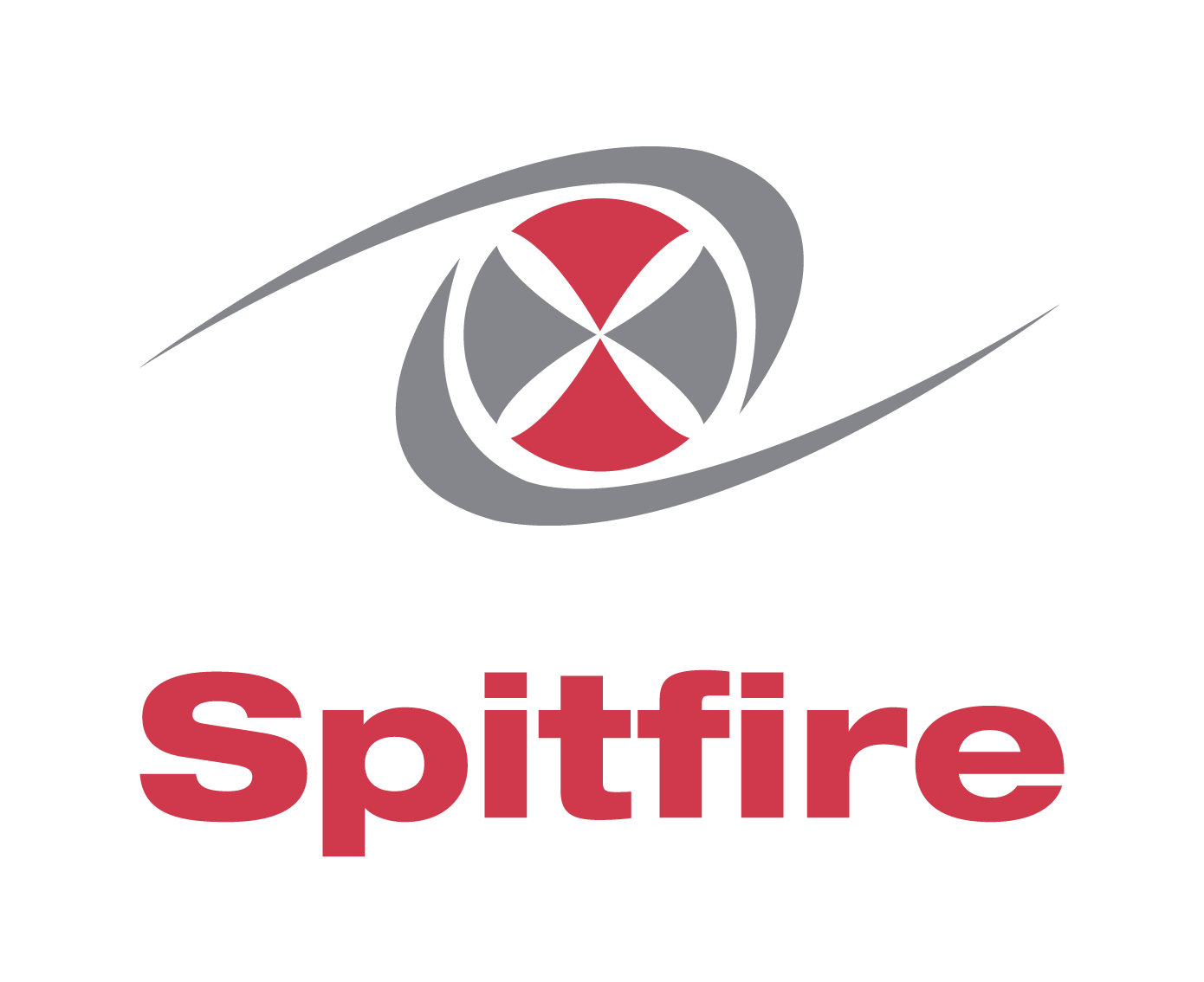The Secret to Sustainable Manufacturing Growth? Your People.
Article by Paul Kelly
Every manufacturer globally wants to improve efficiency, productivity and quality. These are the foundational principles of operational performance critical to satisfying customers and growing market share.
Yet despite the best intentions, many improvement initiatives fail to deliver lasting impact. One of the most persistent barriers to sustainable growth is the difficulty of embedding a truly people-first approach.
From our work with manufacturers across Europe, we’ve seen that long-term performance gains depend on a culture that empowers people at every level. By creating a culture where people development is prioritised, such as providing teams with the right support, structure and leadership, businesses can enhance efficiency, reduce costs and stay competitive.
In this article we’ll explore how manufacturers can build that kind of culture.
Understanding persistent performance challenges
Before diving into solutions, it’s important to acknowledge the challenges many manufacturers face.
Workforce retention can be a continuous challenge, particularly in regions or plants where people development hasn’t historically been prioritised. In some cases, teams face high turnover, with new recruits often entering demanding roles with limited support. This lack of preparation can lead to frustration and early exits.
Similarly, where longer-serving employees are accustomed to traditional ways of working, there can be resistance to change, slowing the adoption of new technologies and limiting performance gains.
This is often compounded by insufficient training and support for team leaders and supervisors. Without structured onboarding and leadership capability, new staff lack direction and experienced employees feel disengaged.
The result? Skill gaps, inefficiencies, and stagnating performance.
Enabling people to reach their potential
The solution lies in putting people development at the forefront of your improvement strategy.
That means providing leadership with the tools and training to support teams, and creating an environment where employees feel confident, skilled and invested in the business’s success.
Here are three core components to embedding that kind of culture:
-
Leadership has a critical role to play in shaping high-performance cultures. It’s leadership’s responsibility to create the right environment for continuous improvement to thrive. This includes establishing structured onboarding, ongoing coaching, and leadership development, ensuring plant and line managers are equipped to manage change, support new recruits and embed process control.
In one manufacturing business we worked with, investing in leadership development, alongside a robust recruitment and training framework, reduced staff turnover from over 20% to just 8%.
By ensuring the transition from training to the production line reflects expectations, employees feel prepared and are far more likely to stay.
-
By providing regular technical training, factory employees are empowered to utilise technology and optimise processes, leading to smarter decisions and improved operational efficiency.
Training can come in many forms – on the job, in workshops and through e-learning platforms – and as part of a structured programme, training reduces resistance to change, increases people’s willingness to adopt innovation, and empowers them to solve problems on the ground in real time. By implementing technical training in one factory, we enhanced employees’ ability to carry out preventive maintenance and troubleshooting, decreasing downtime by 30%.
Together, leadership coaching and technical training form a powerful catalyst for rapid, continuous improvement. When we combined these solutions at the plant mentioned above, we saw safety, quality and delivery performance improve by up to 20% within months.
-
Creating opportunities for employees to contribute ideas, problem-solve, and suggest process improvements fosters ownership and accountability.
This can be supported by clear processes such as daily stand-up meetings to bring teams together in order to problem solve. By enabling visibility of performance, teams develop the capacity to distinguish between normal and abnormal conditions, identify issues early, and collaborate on solutions.
In high-performing environments, people within the business are empowered to identify issues, which enables leadership to support and act on these insights. When employees are actively engaged and their contributions genuinely recognised, people development gains momentum and impact.
Continuous improvement, everywhere, all the time
In high-performing manufacturing environments, these principles come together to create a culture of continuous improvement.
Leaders set the tone, creating a space in which employees feel supported to problem solve, while access to regular training gives them the capabilities and motivation to enhance their own performance.
It creates a continuous feedback loop where empowered teams identify and solve problems, driving incremental performance gains that compound over time.
People-driven performance
In manufacturing, the human element remains as critical as ever, and businesses who recognise this achieve real, measurable gains in quality, efficiency and innovation.
We’ve seen this in action many times. Companies that prioritise workforce development through training, leadership, and engagement initiatives see measurable improvements in efficiency, quality and innovation.
By implementing structured training programmes, fostering a culture of continuous improvement and empowering employees, manufacturers can achieve sustainable performance gains. Putting your people at the heart of your improvement process isn’t just the right thing to do, it’s a strategic advantage.
If you’d like to discuss how Spitfire could enhance productivity in your manufacturing business through people-centric culture change, get in touch with our team.
